 Me? Why should I touch it? You’re the one always going on about how you can tell everything about a man from his handshake. 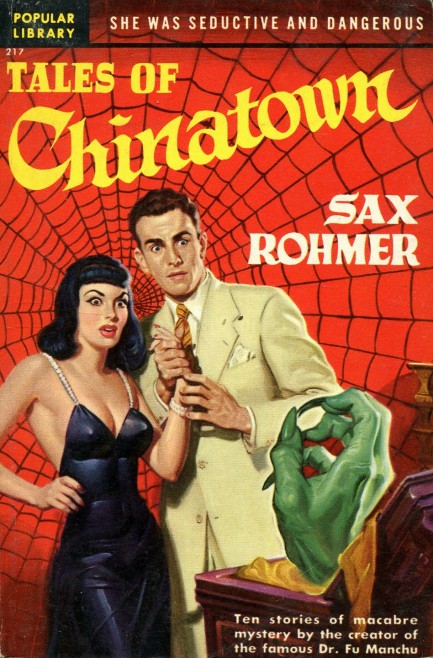
British author Sax Rohmer, aka Arthur Henry Ward, wrote many novels but made his reputation with the Fu Manchu series. Tales of Chinatown doesn’t feature that famous character, but instead deals in short story form with other characters and various unsavory goings-on in the Chinese underworld of London’s Limehouse district. There are problems with Rohmer’s depictions of Chinese, Jews, and other groups, but the writing is more than a century old, so no surprise there.
In terms of execution, there’s a sinister mood of a type here that's quite effective. "The Daughter of Huang Chow," the opening tale, deals with a series of fatal poisonings among the Limehouse criminal set, and the mysterious contents of an ornamental coffin. "The Hand of the Mandarin Quong," from which the cover is derived, is set in Singapore and London, and tells the story of a man who loses a hand in a failed attempt to rescue his kidnapped wife, but whose severed body part continues to haunt and hunt the kidnapper.
Tales of Chinatown is an atmospheric collection, well written and imaginatively conceived. It's easy to see why Rohmer became an international sensation. Many of his tropes are by now familiar if not hackneyed (and his racialized musings are deservingly excoriated), but back when his ideas were fresh they must have given his readers the megacreeps. Crime, suspense, mystery, mysticism, horror—Tales of Chinatown has all that. It first appeared in 1922, and this Popular Library edition with art by Rudolph Belarski is from 1949.
 After she homicides Johnny, she's going to homicide everyone else who ever crossed her too. 
We've returned to Steve Fisher, as we said we would, after reading his 1954 social drama Giveaway. We chose Homicide Johnny because of the title and the Rudolph Belarski cover art. The tale stars Johnny West, a cop in tiny Mamaroneck, New York, about to give up his badge for a private detective gig in far away San Francisco, but who's pulled into one last case. A priceless anti-streptococcic compound has been stolen, and West not only has to solve the crime, but must work with his ex-girlfriend, police investigator Penny Lane. She has a very good if not photographic memory—which is too bad for Johnny because she can't forget or forgive that time he cheated on her. Collaborating with someone who seems to despise you isn't easy, but without trust and cooperation a murderer just might generate more victims. Spoiler alert: he does. Despite Steve Fisher's good rep, we consider Homicide Johnny to be average, even with its unusual medical research backdrop and relationship tension. But there was nothing in it to discourage us from trying him again, so expect to see him here down the line.
 Just look at all of you—up and about and alert. You've really regained the will to live since I started. 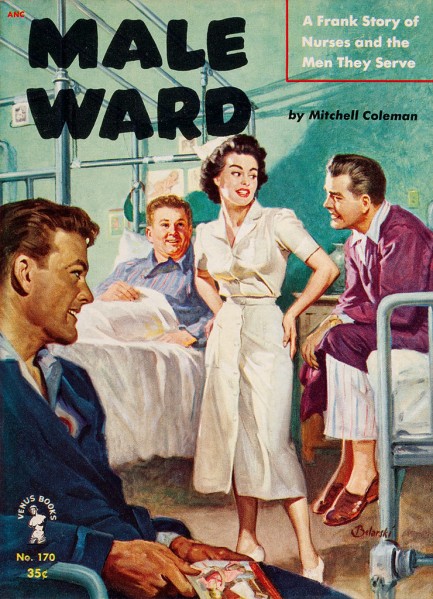 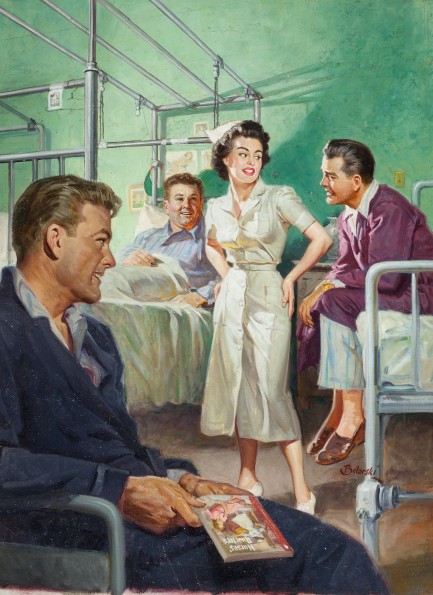
Not only do the patients in the male ward look better lately—if they keep making this kind of progress they'll soon brawl over the nurse and be pronounced 100% normal. Physically, anyway. Obviously, you have superior cover work here, and that's because it was painted by Rudolph Belarski, one of the can't-miss illustrators of the mid-century era. He painted this one for Venus Books and Mitchell Coleman, aka William Neubauer, and the copyright is 1954. We have Belarski scattered throughout the website, particularly in men's magazines and cover collections, but to see a few interesting individual entries, you can go here, here, here, and here. Also, note that the patient in the foreground is holding a paperback. It's Sylvia Erskine's 1954 novel Nurses' Quarters, for which Belarski also painted the cover. How meta of him. Is that meta? Let's just call it self-referential.
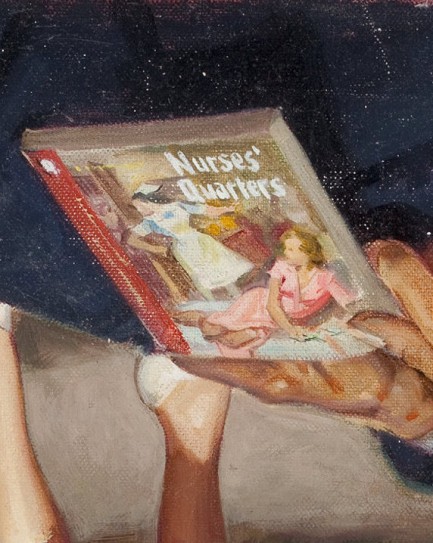
 Sorry to interrupt, ladies. Just a reminder—senior medical staff considers attendance at tonight's sponge bath seminar mandatory. 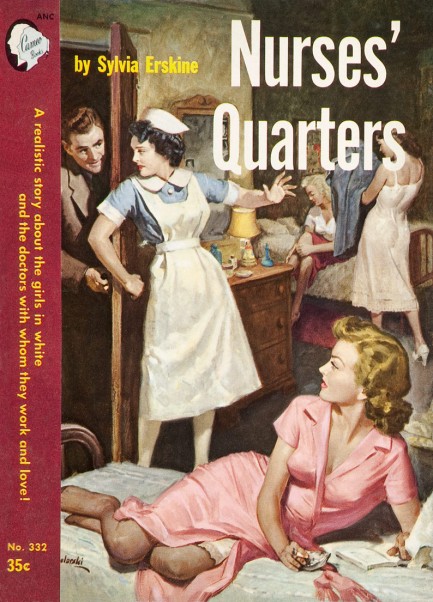 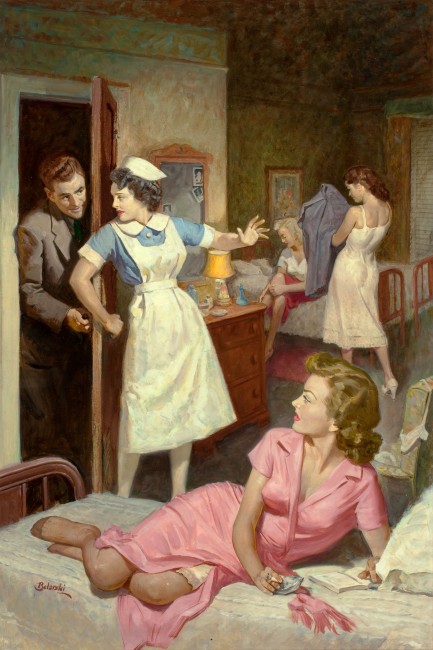
We might as well, right? Okay then, quickly, here's the Rudolph Belarski cover for Sylvia Erskine's Nurses' Quarters that he slipped into his piece for Male Ward, mentioned in the above post. Nurses' Quarters is copyright 1954 for Cameo Books. And you also see the original art.
 Into battle, me mateys! And tonight for those who survive—extra portions of organic Chai tea! 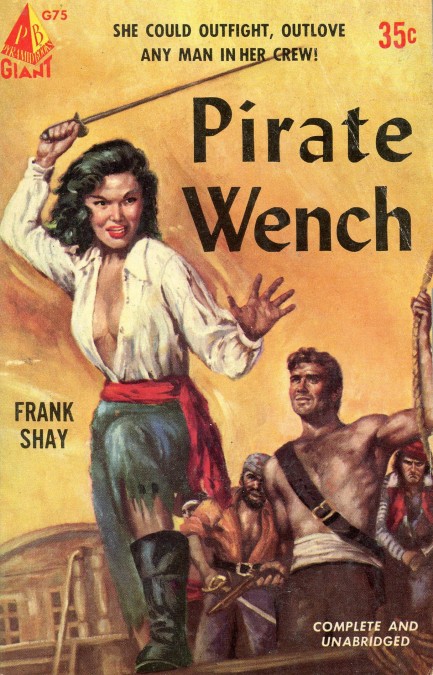
Today is International Talk Like a Pirate Day, not an official holiday, sadly. We asked the Pulp Intl. girlfriends what they'd do if they were pirates and the answers weren't pretty. Making all the men walk the plank was the most charitable of their thoughts, with swords and whips coming into play pretty quickly after that. Good thing we're only supposed to talk like pirates. Arrr... let's tone down the homicidal thoughts, girls.
Above and below is a collection of vintage paperbacks with women pirates. Well, maybe the woman on the cover of Rafael Sabatini's The Fortunes of Captain Blood isn't a pirate so much as someone defending herself. But anyone who can handle two pistols at once is an honorary pirate, at the least. We found eleven examples, and the cover art on display is by Harry Schaare, Rudolph Belarski, Barye Phillips, Paul Anna Soik, and others. 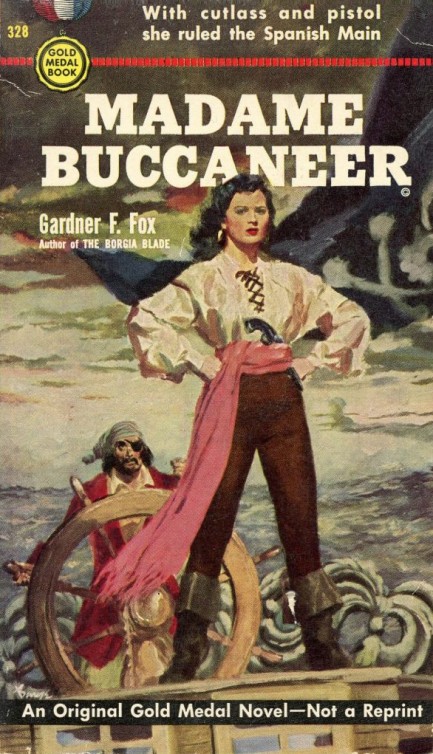 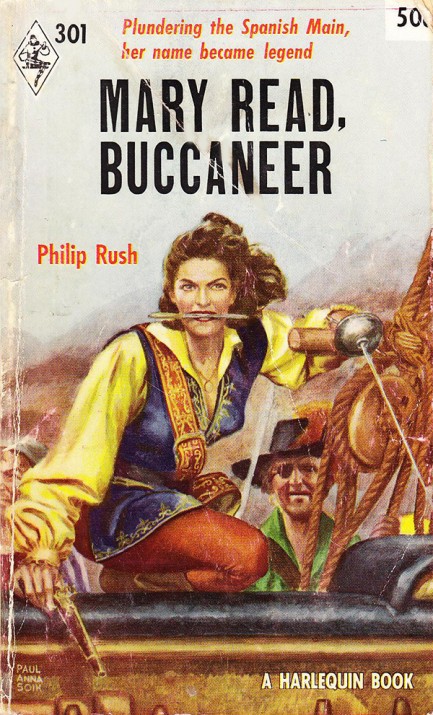 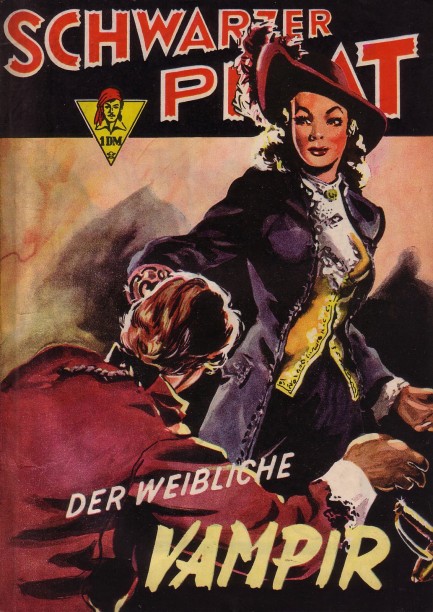 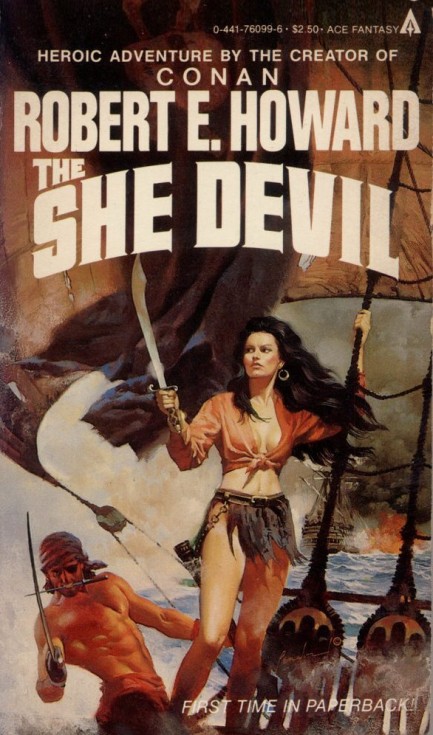 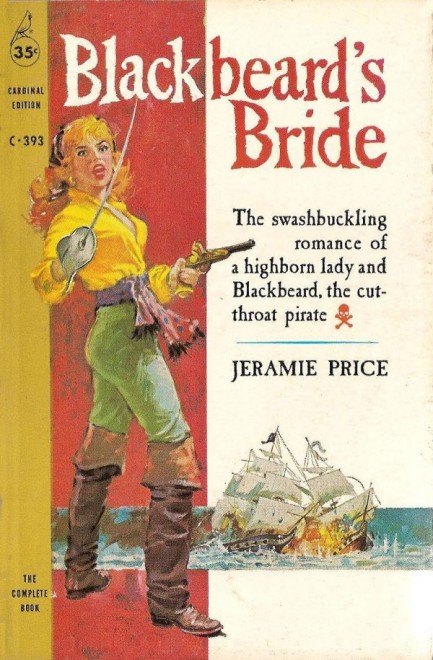 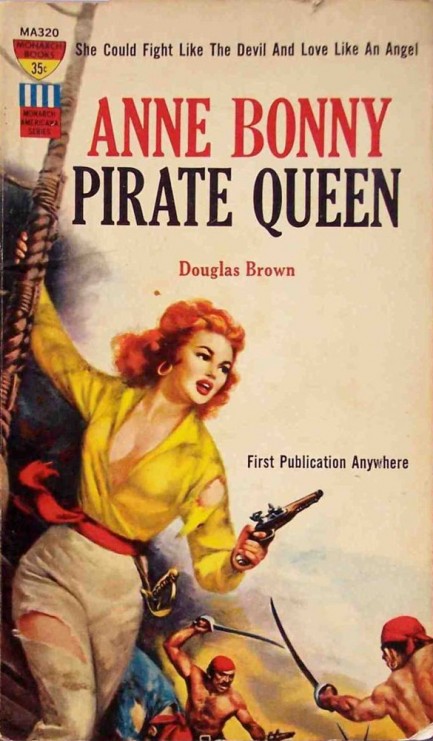 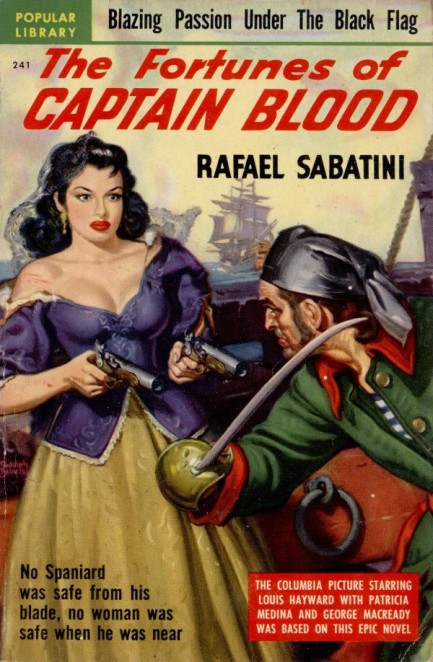 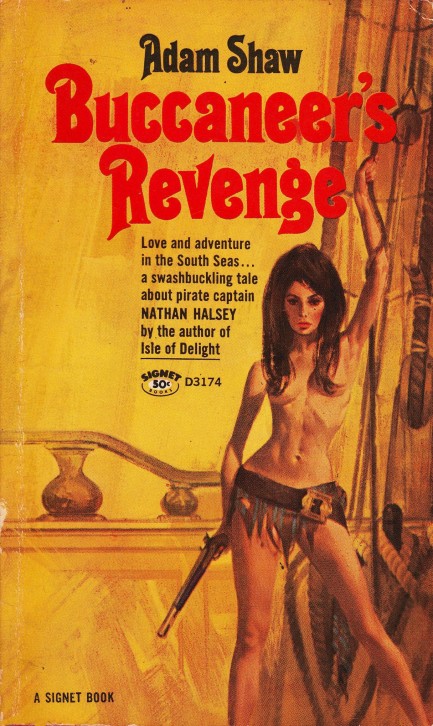 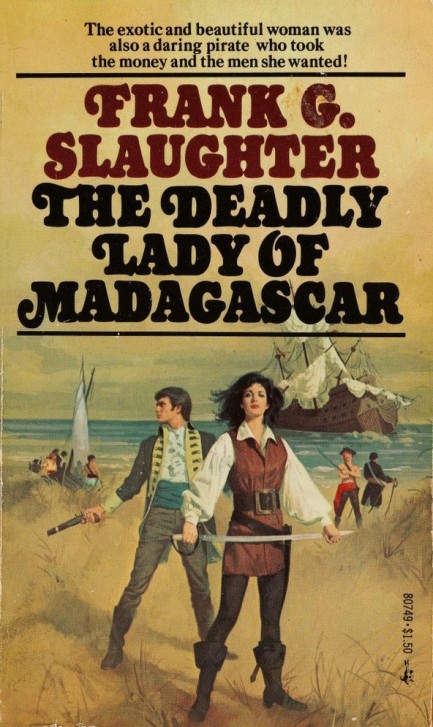 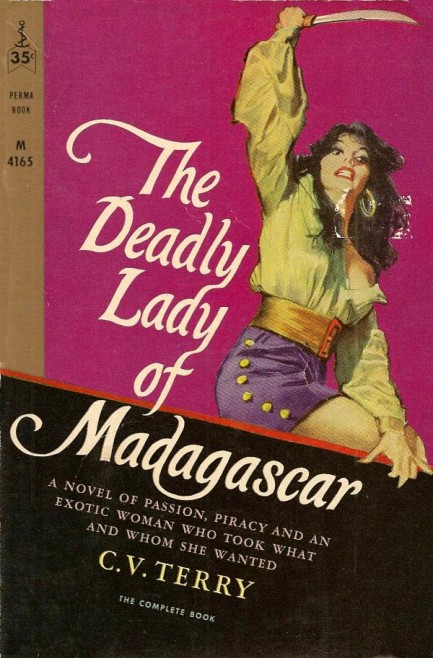 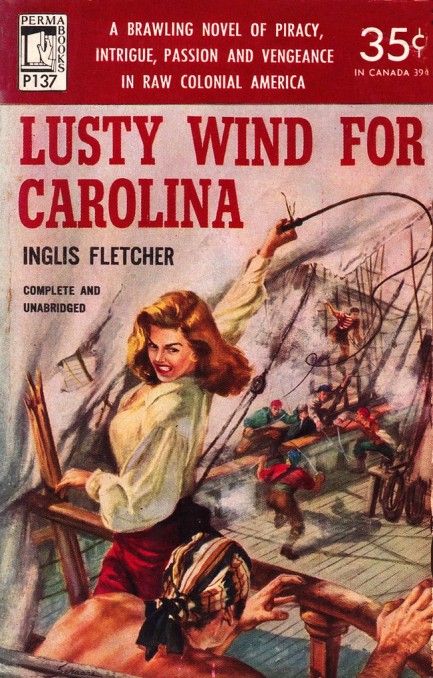
 Headquarters, my gas mask has failed! I'm throwing a grenade! How the hell does this thing work? Over! 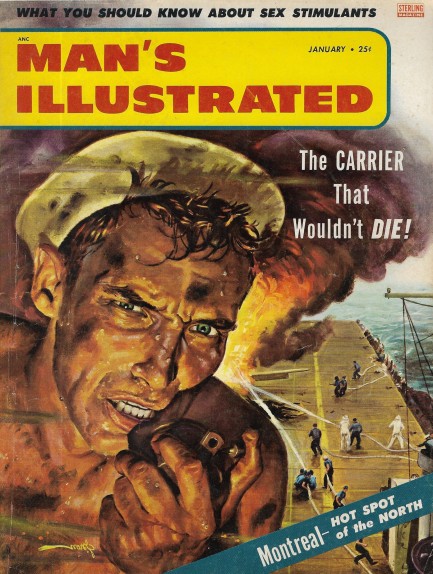
George Gross art fronts this January 1956 issue of Hanro Corp's bi-monthy magazine Man's Illustrated. It's an interesting image, but here's where we show our age, or lack of industrial background, or something, because we have no idea what the hell Mr. Flinty Eyes on the cover is holding. Hand grenade? Gas mask? Some kind of steampunk style microphone? Combo of all three? Well, not knowing is not a problem. We still like the image.
It's been a while since we featured this magazine, but we're glad to get back to it because inside this issue there's art from Walter Popp and Rudolph Belarski, and a nice feature on Rear Window actress Georgine Darcy, who we've talked about once or twice before. As far as written content, you get plenty of war and hunting action, of course, but we were drawn to, “The Hottest Town North of the Border,” an investigative piece by journo B.W. Von Block. What town is he talking about? Montreal, which apparently back in ’56 was the one of the best places in the world to get your ashes hauled.
These type of stories, which were standard in old men's magazines, always give us a laugh because with their breathless focus on subjects like legal prostitution, nude beaches, and dusk-to-dawn nightclubs they show how repressed the U.S. was compared to so much of the world. It still is, actually. Trust us, we've been around, lived abroad for a long time now, and greatly enjoyed the more permissive societies in which we've resided—including our current one.
The U.S. does have many good points, though, one of which is that no country's inhabitants preserve its popular media so prodigiously—which is why we have so many vintage books and magazines to share on Pulp Intl. in the first place. We've pondered many times why Americans hoard more than other cultures and we've finally come up with an answer: garages. Two thirds of Americans have garages. So here's to American garages. They give millions the joy of being their own museum curators.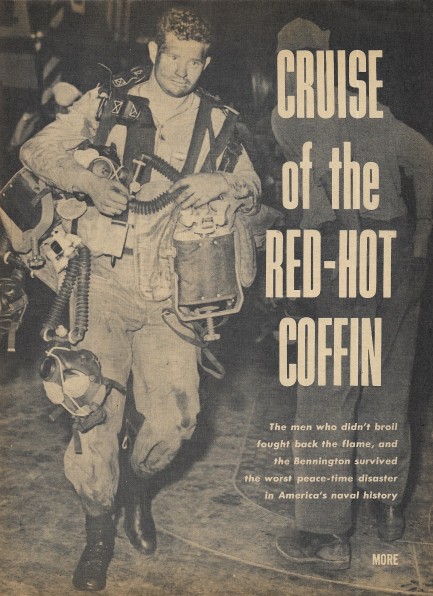 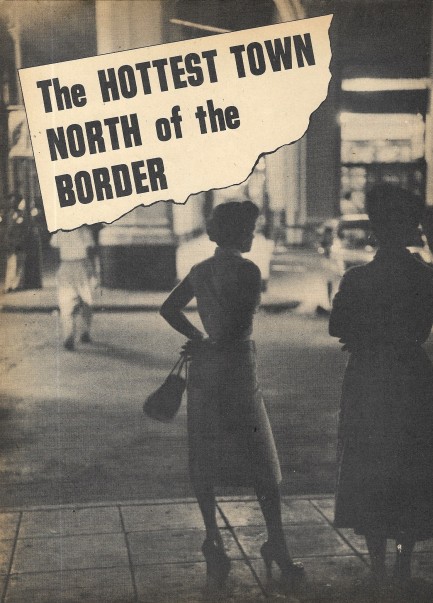 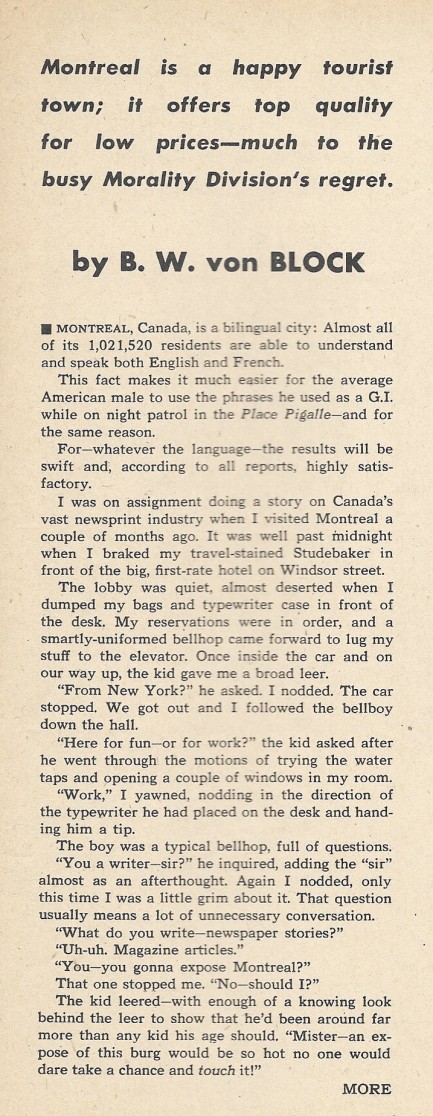 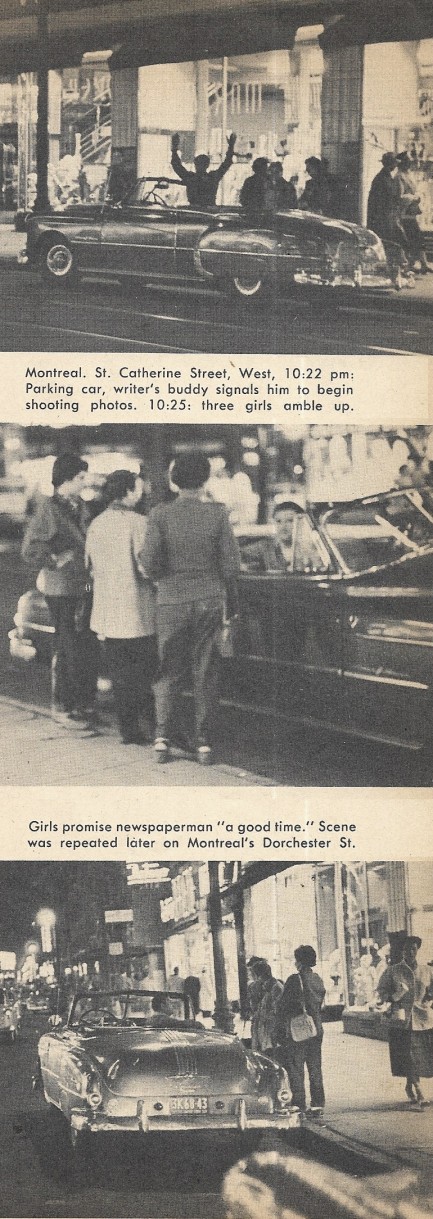 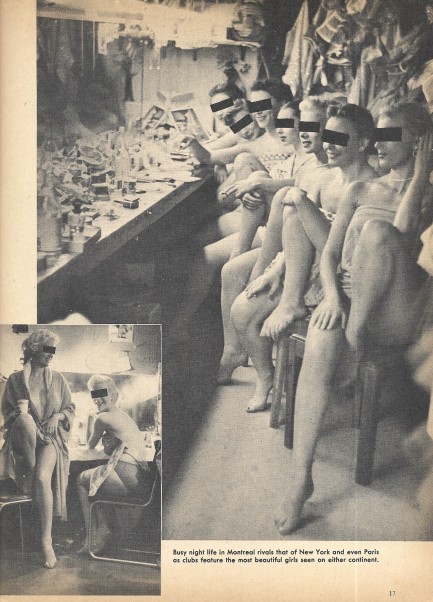 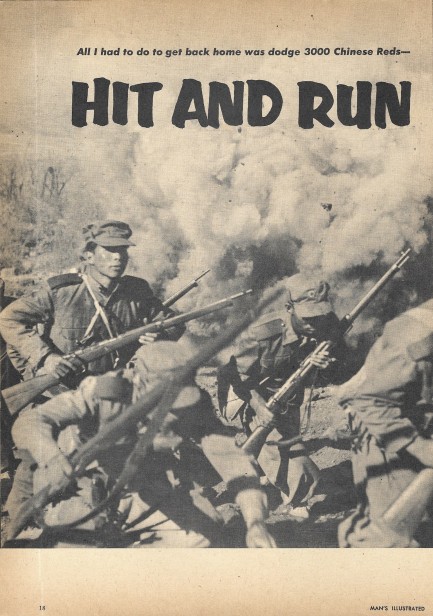 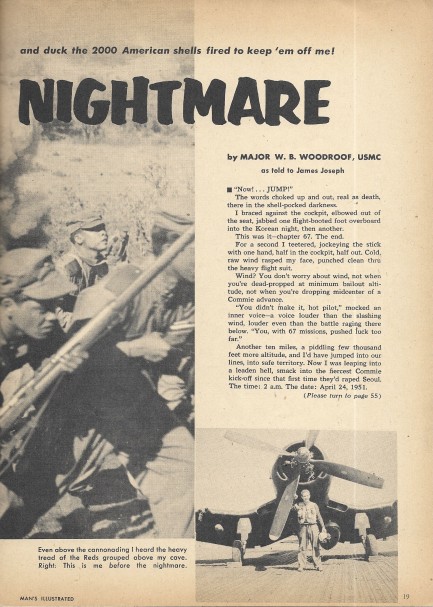 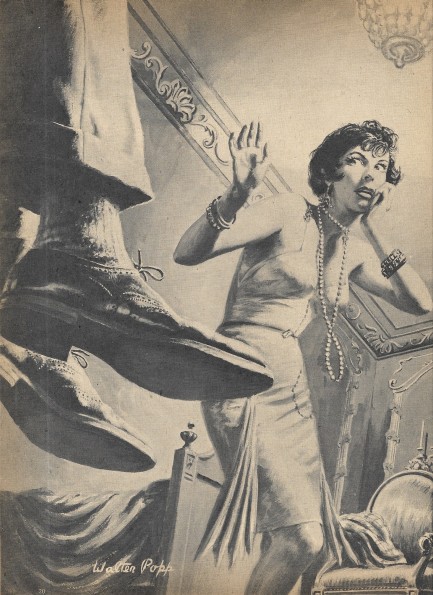 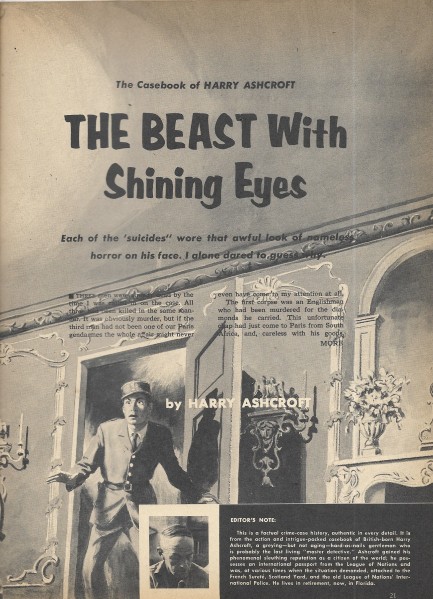 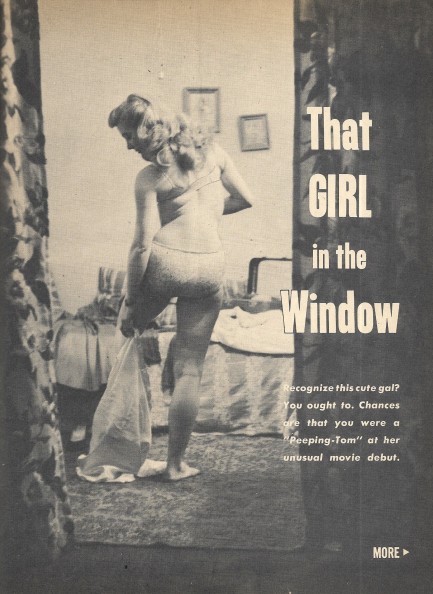 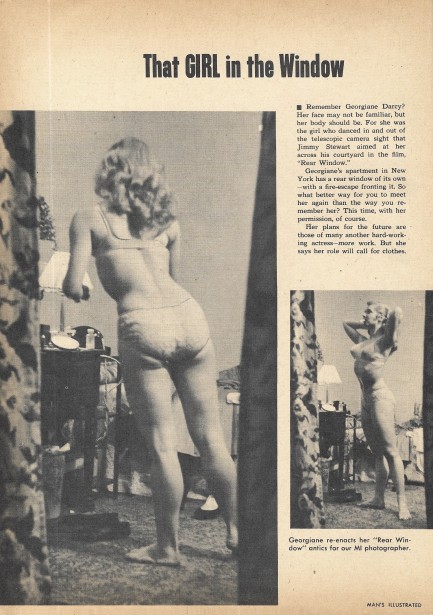 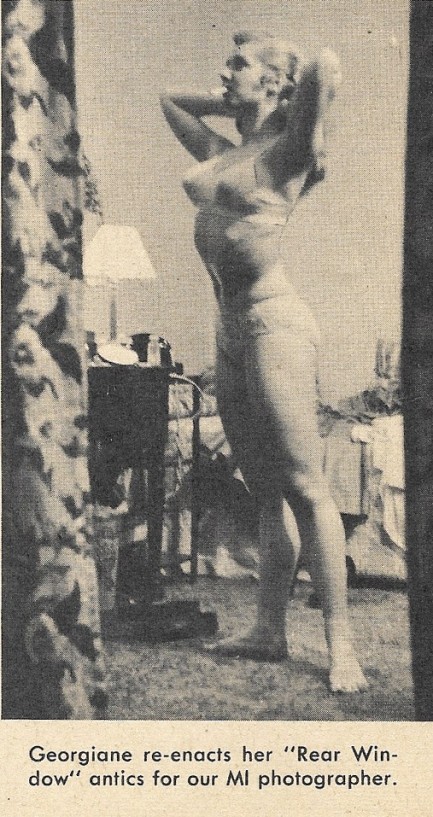 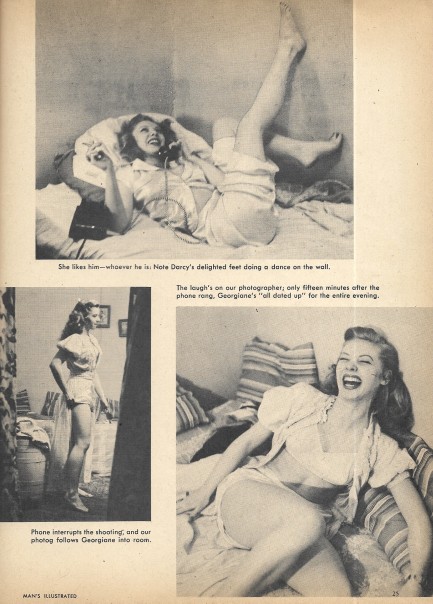 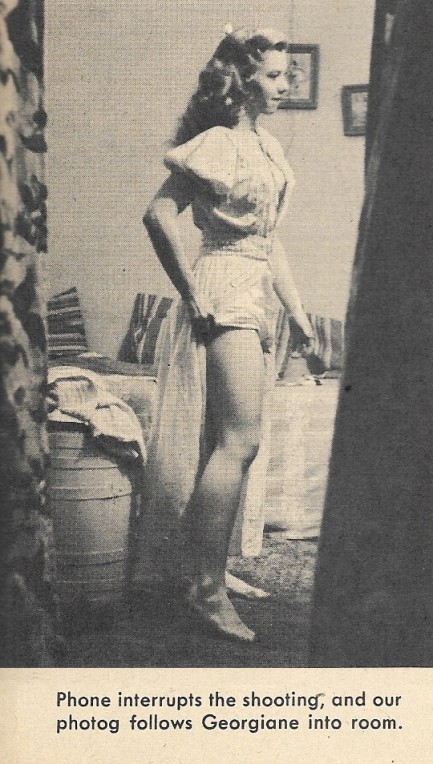 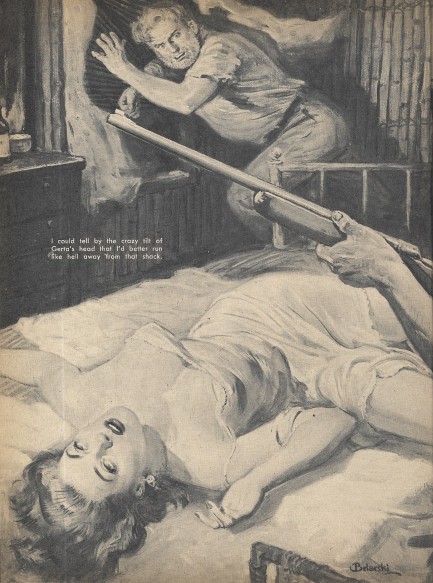 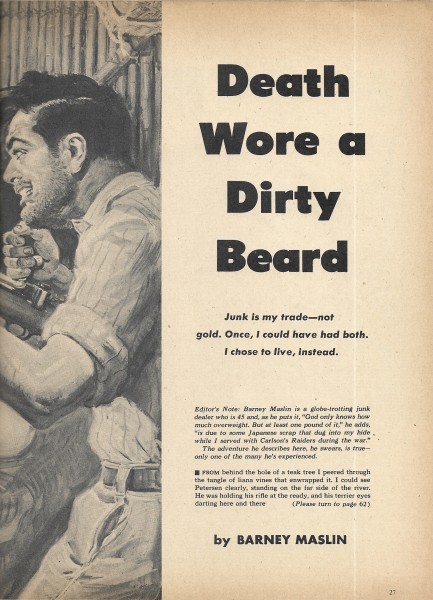  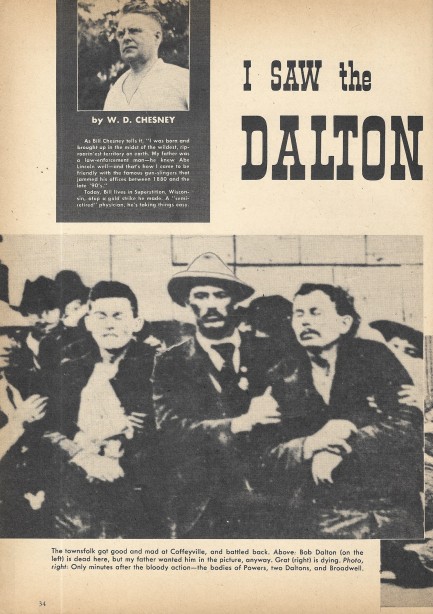 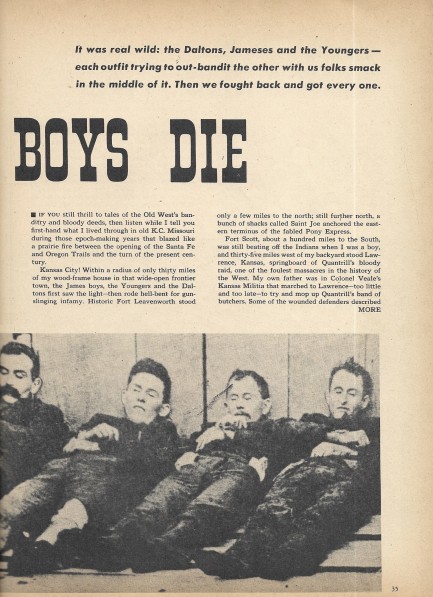 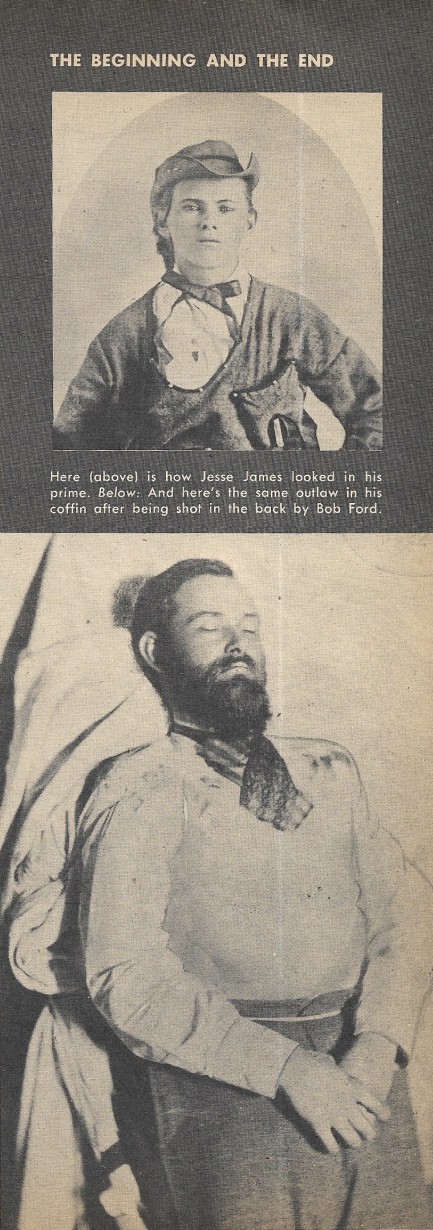 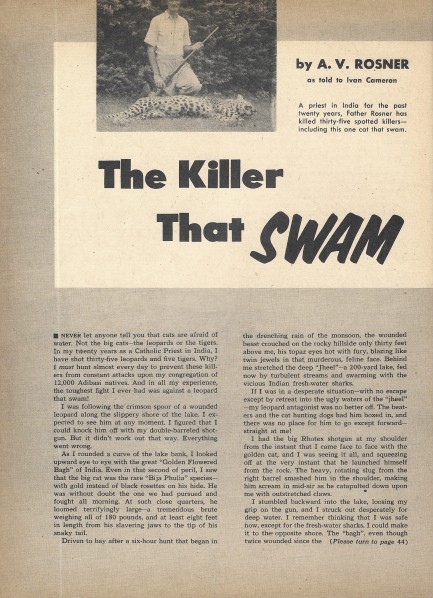 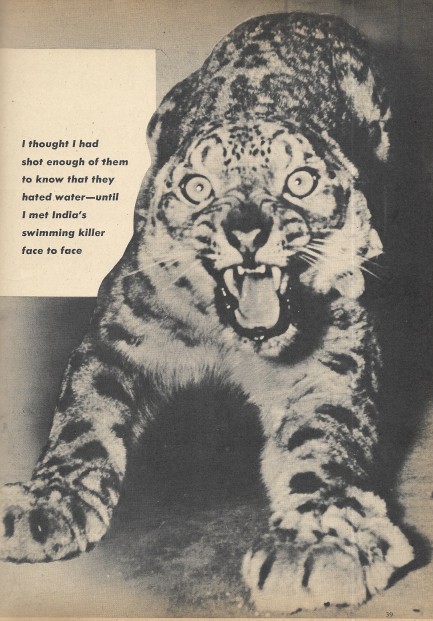 
 Our recommendation: Take the Fifth. 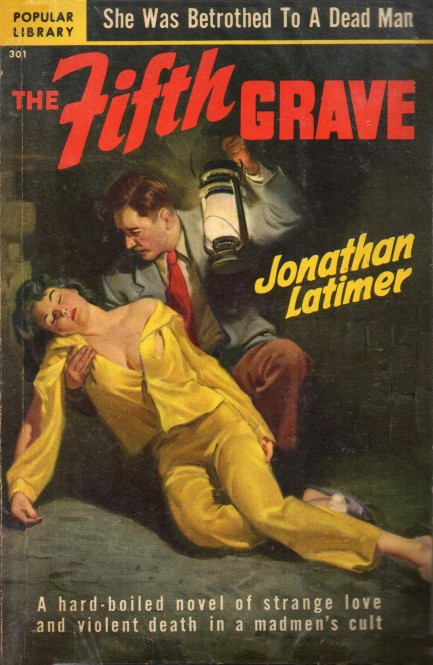
We read Jonathan Latimer's The Fifth Grave in its retitled incarnation Solomon's Vineyard and talked about the book a few years ago. That edition was from Great Pan and appeared in 1961. The Popular Library version you see above came in 1950 with art by the great Rudolph Belarski. We think back to this strange and dark novel often. At the time we thought it was very good but not a classic. Years later, considering how much it sticks in the head, maybe we'd better bump it up to the top tier, and once again recommend that you read this unusual tale. After digging around we finally got ahold of a couple of other Latimers and we're really looking forward to those. Can he possibly equal The Fifth Grave/Solomon's Vineyard? We'll report back.
 Sure, you can get a hot coffee—right in your lap if you don't get your meathooks off me 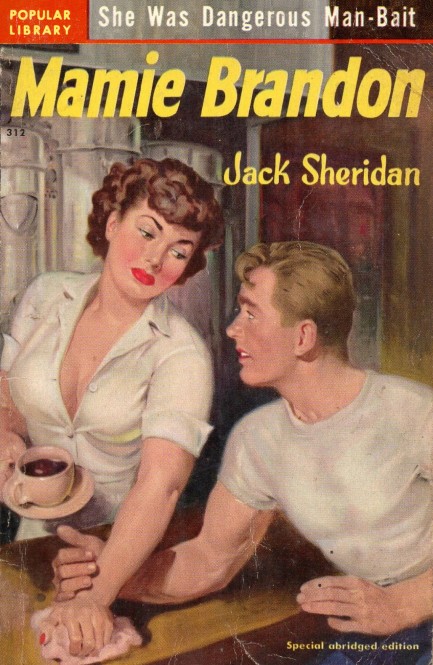
Rudolph Belarski once again shows his unique painterly skill on this cover for Mamie Brandon by Jack Sheridan. The book, which first appeared in 1949 in England, deals with Mamie Thomas, who runs a roadhouse in desolate central California. She becomes Mamie Brandon when she marries an older man for security, but quickly finds when an old flame reappears in town that money doesn't satisfy all her needs. You know the drill—attraction, infidelity, death. This Popular Library edition has two copyrights. The first date is listed as 1950 “by arrangement with the author,” but a second date specifies January, 1951. Since the book is slightly abridged, according to the editors, maybe the two copyrights make sense somehow.
 It wasn't me! I swear! You want the goth chick in 4D! 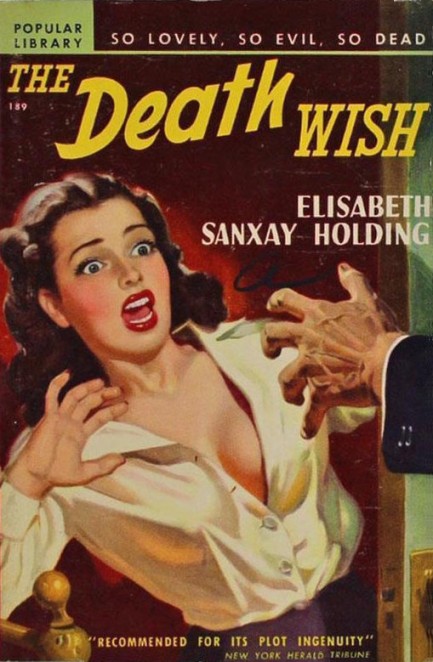
Rudolph Belarski has some of the most recognizable artistic output of the mid-century period. This is his work on the front of the 1949 Popular Library edition of Elisabeth Sanxay Holding's The Death Wish, which first appeared in hardback in 1935. In the plot, it's actually two men wishing to be free of their marriages that starts all the trouble. The women are potential victims, though not wholly sympathetic ones. Do you wish you could read something convoluted and at times verging on the ridiculous? Congrats—this may be it. Still, it's a good book. Holding's rep as one of the top suspense writers of her period was deserved.
 Who's the hottest? I'm the hottest. Who's the coolest? I'm the coolest. 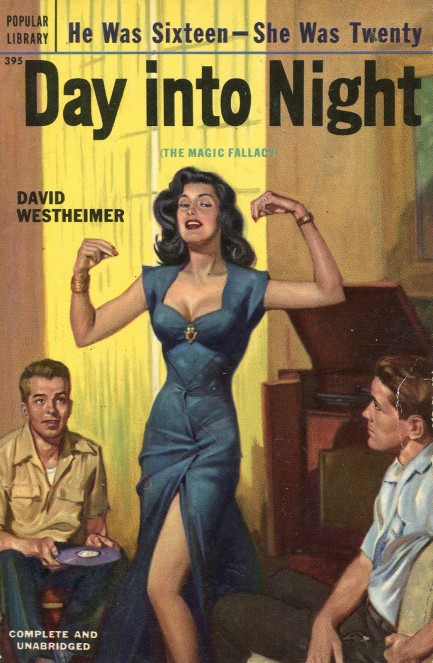
David Westheimer's Day into Night is a more serious novel than its cover would lead you to believe. It was originally published in 1950 as The Magic Fallacy, and the fallacy is the one harbored by youth that everything in life is beautiful. Westheimer promptly proves otherwise by telling the tale of a sixteen-year-old boy named Pershing who is stricken when his mother leaves his father, and later absorbs another blow when his father's remarries to a twenty-year-old femme fatale. You know where this leads—the new bride homes in on Pershing's missile. Westheimer went on to publish the hit thriller Von Ryan's Express, source for the movie of the same name. The top notch cover on this Popular Library paperback is by Rudolph Belarski, from 1952.

|
 |

The headlines that mattered yesteryear.
2003—Hope Dies
Film legend Bob Hope dies of pneumonia two months after celebrating his 100th birthday. 1945—Churchill Given the Sack
In spite of admiring Winston Churchill as a great wartime leader, Britons elect
Clement Attlee the nation's new prime minister in a sweeping victory for the Labour Party over the Conservatives. 1952—Evita Peron Dies
Eva Duarte de Peron, aka Evita, wife of the president of the Argentine Republic, dies from cancer at age 33. Evita had brought the working classes into a position of political power never witnessed before, but was hated by the nation's powerful military class. She is lain to rest in Milan, Italy in a secret grave under a nun's name, but is eventually returned to Argentina for reburial beside her husband in 1974. 1943—Mussolini Calls It Quits
Italian dictator Benito Mussolini steps down as head of the armed forces and the government. It soon becomes clear that Il Duce did not relinquish power voluntarily, but was forced to resign after former Fascist colleagues turned against him. He is later installed by Germany as leader of the Italian Social Republic in the north of the country, but is killed by partisans in 1945.
|

|
|

It's easy. We have an uploader that makes it a snap. Use it to submit your art, text, header, and subhead. Your post can be funny, serious, or anything in between, as long as it's vintage pulp. You'll get a byline and experience the fleeting pride of free authorship. We'll edit your post for typos, but the rest is up to you. Click here to give us your best shot.

|
|






























































































































